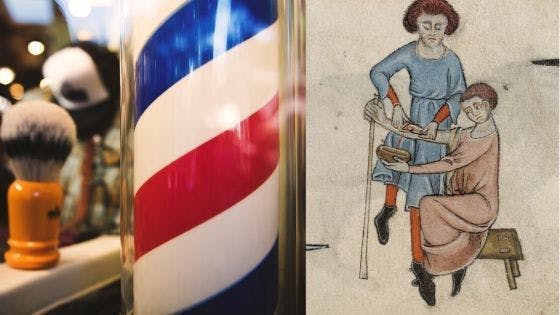Barbara Kingsolver Education Background
Writer Barbara Kingslover was born in 1955 in Annapolis, MD, but spent her childhood in rural Kentucky. When she was seven, she and her family lived in the Congo briefly while her physician father and her mother worked in a medical camp.
After high school, Kingslover enrolled in DePauw University. While there, she won a musical scholarship and studied classical piano. Like many students of the time, she was an activist and protested against the war in Vietnam.
Soon realizing that the job market for musicians was very small, she changed her major to biology and earned a Bachelor in Science degree in 1977. She then spent a year living abroad in France before settling down in Tucson, Arizona, where she spent most of the next 20 years of her life. She earned a Master’s degree in evolutionary biology and ecology from the University of Arizona at Tucson during her time there.
Kingsolver started a full-time writing career in the mid-1980s as a scientific writer for the university, which eventually led to some freelance opportunities. She began her career in writing fiction after she won a short story contest in a newspaper in Phoenix.
Every book that Kingsolver has had published since 1993 has been on the New York Times Bestseller List. Her most widely known books are The Poisonwood Bible, her tale of a missionary family living in the Congo, and Animal, Vegetable, Miracle, the true account of her family’s attempts to eat only locally produced food in Virginia.
Kingslover married Joseph Hoffmann in 1985 and together they have one daughter. Always the activist, she took her daughter and spent several years in the Canary Islands, protesting the first Gulf War and America’s involvement. Upon her return to the United States in 1992, she formally separated from her husband, and they officially divorced the next year. She remarried ornithologist Steven Hopp in 1994 and had another daughter in 1996. The family moved to Washington County, Virginia in 2004, which is where they still live today.



